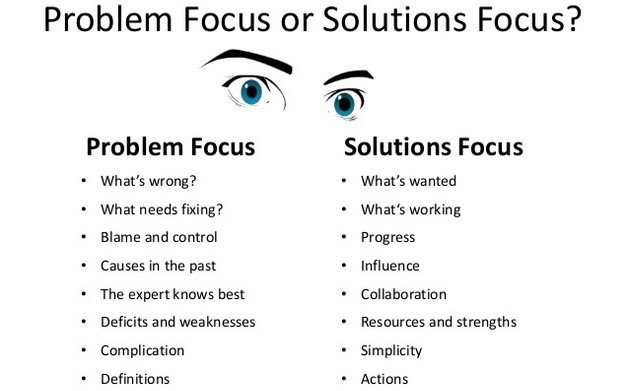SOLUTION-ORIENTED THINKING
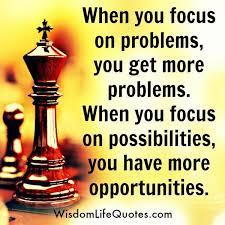
SOLUTION-ORIENTED THINKING
Solution-oriented/focused thinking is based on the respectful assumption that clients have the inner resources to construct highly individualized and uniquely effective solutions to their problems (Insoo Kim Berg). The client is the expert. Unlike the problem-focused model, the therapist is not an expert who has all the answers; he or she allows themselves to be informed by the client by talking about successes in the past, present, and future…drawing upon the client’s strengths and resourcefulness. The alternative, and often practiced, is problem-oriented/focused, an exploration and analysis of the problem(s)… the cause-effect model. It is heavily problem-focused. Most clients already know the problem(s)… it’s what brought them to counseling in the first place. Their struggle is in finding solutions and hope for a better future.
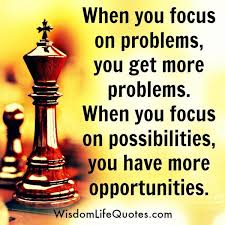
There is a growing dissatisfaction among clients and professionals with the use of problem-focused models of counseling. Studying problems in depth often leads to early termination of counseling because nothing changes, and the client loses hope. The counseling process has made them all experts in the problem.
The Solution-focused model changes that. Problems are viewed as challenges. Clients and therapist regain hope as clients are aided in designing the future they wish to achieve. “Focusing on the positive, the solution, and on the future facilitates change in the desired direction. Therefore, focus on solution-oriented talk rather than on problem-oriented talk.” (John Walter)
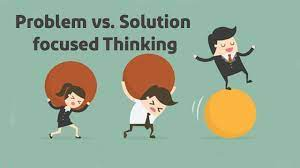
De Shazer (1985) developed a number of principles concerning solution-focused thinking.
The class of problems is distinct from the class of solutions. (What have you already attempted to solve this problem, and which of those worked)
The client is the expert. The client determines, with the help of the therapist, his or her goals, as well as the path to reach it.
If it works, don’t fix it. Pretty self-explanatory.
If something works (better), do more of it.
Look for “differences that make a difference.” The client describing exceptions to the rule of the problem, which they often overlook. Problems persist if only because the client thinks or says the problems “always” occur.
If something does not work, do something else. Basically, more of the same leads to nothing.
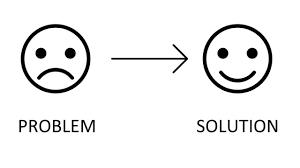
Begin with the end in mind… meaning, to start with a clear understanding of your goal and destination. It means to know where you’re going so that you better understand where you are now so that the steps you take are always in the right direction. I always ask my clients, “when will you know counseling is done.” I want them to know there is a destination.
“Seeing yourself as you want to be is the key to personal growth.”
Rather than the focus on how the problems in your life came into being, why not focus on how to create solutions. Finding solutions is different from solving problems. Solution-focused asks: What would it look like if the problem was gone? What would you notice; what would those close to you notice? Are there times when the problem does not exist? What was different then? What is already working in the right direction? The focus is directed not at the past but at the future, trusting the client can formulate his/her goals, coming up with solutions, and executing them.
“The wise man is not the man who provides the right answers,
But the one who asks the right questions.”
-Claude Levi-Straus
